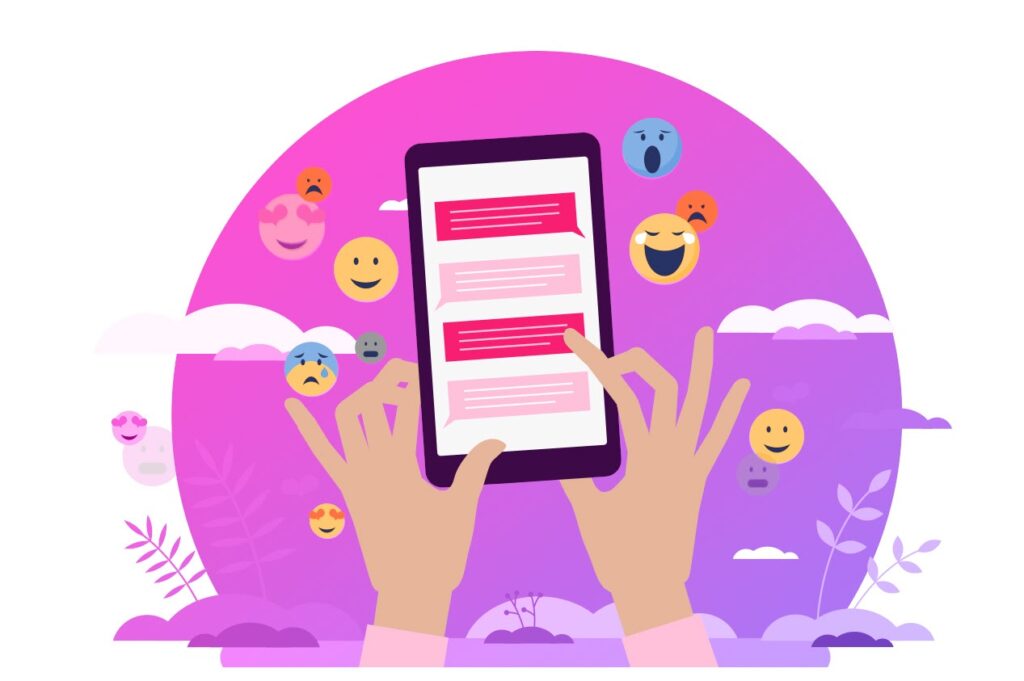When people talk about pitching, they’re generally referring to presenting a product, service, or even an idea with the goal of winning over the person they’re talking to.
For many people, the first thing that comes to mind is an episode of Shark Tank with entrepreneurs pitching their businesses in the hope of winning investment and mentorship. Writers pitch their ideas to movie studios, hoping to see that idea turned into a blockbuster film.
For salespeople, their whole job revolves around their sales pitch — communicating the features and benefits of the product or service they’re selling. This can take many forms, from cold calling and email to sales decks and engaging over social media.
In this post, we’ll take a closer look at what goes into a winning sales pitch and share some examples of great sales pitches that you can use the next time you’re talking with a prospect.
What makes a great sales pitch?
Sales pitches are an integral part of the sales process, an opportunity to convey the value of your offer and move the prospect one step closer to the sale. However, not all sales pitches are effective. Every day, your potential customers are being bombarded by pitches in one form or another. If you want your sales pitch to even be noticed, you’ll need to stand out from the competition.









